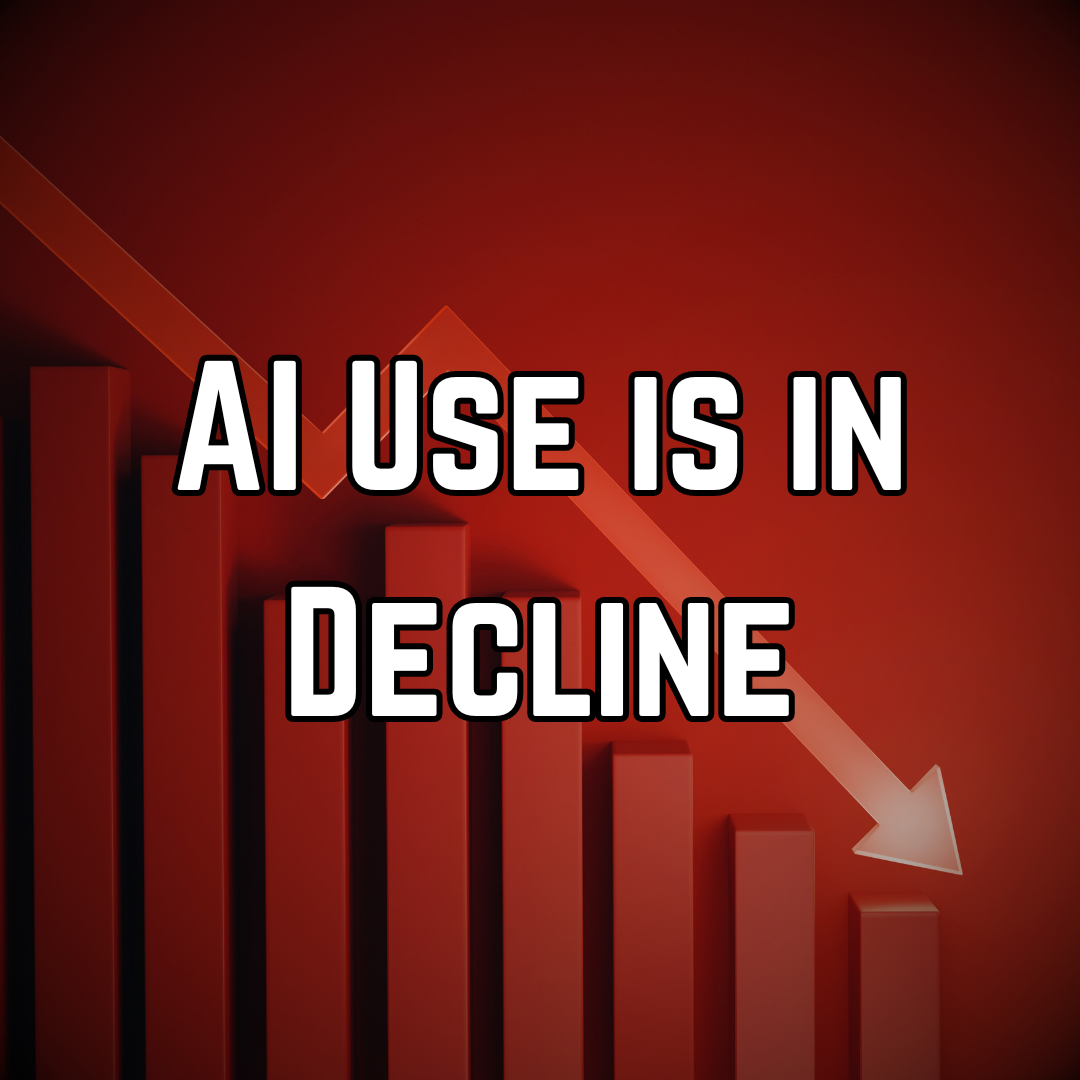The Hidden Dangers of AI: Is It Worth the Cost?

Why saving money with AI may not be worth the hidden costs to creativity, authenticity, and mental health
AI is everywhere. It writes email subject lines, powers chatbots, creates social media captions, and even crafts entire marketing campaigns. For many businesses, AI looks like a brilliant solution to save time and effort.
And if there is one thing businesses love, it is not spending money on marketing. That is why so many see AI as their savior. But while it feels like a game-changer, we have to ask a harder question: is it worth the damage it is causing elsewhere?
AI’s Growing Influence
Most businesses today use AI in small ways, like generating email subject lines or creating snippets of copy. These tasks feel harmless. But every advancement in AI technology pushes us further into reliance on machines to think, decide, and create for us. The more this happens, the less we develop our own skills in writing, problem-solving, and creative thinking.
That is just the business side of things. The bigger issue lies in the impact AI is having on people, especially younger generations.
The Mental Health Toll
Studies are beginning to show that the increased use of AI-driven technology is contributing to higher rates of anxiety, depression, and isolation among young people.
Social platforms already rely heavily on algorithms that thrive on attention and engagement. When AI fuels even more content, more noise, and more addictive experiences, the effects multiply:
- Constant comparison. AI-generated “perfect” content sets unrealistic standards that people feel they must live up to.
- Addictive design. AI tools are engineered to maximize engagement, keeping people scrolling for hours.
- Erosion of authenticity. If everything is written or produced by AI, it becomes harder to trust what is real and what is manufactured.
For a generation already struggling with online identity, AI intensifies the problem.
The Bigger Picture
AI promises efficiency, but efficiency without responsibility is dangerous. Relying on AI for trivial business tasks may feel harmless, yet it fuels a system that is reshaping how people live, think, and connect. The question is no longer whether AI can make our work faster. The question is: what is the real cost of using it so freely?
Where Do We Go From Here?
The solution is not to abandon technology altogether. AI has its place when used carefully. But it requires balance and responsibility. That means:
- Use AI sparingly. Do not outsource everything. Use it to support, not replace, human creativity.
- Protect authenticity. Put real human voices, stories, and ideas front and center.
- Consider the impact. Before you let AI handle another task, ask yourself what message that sends about value, effort, and originality.
AI can be useful. But if it comes at the cost of mental health, authenticity, and human growth, we have to ask whether saving a few minutes writing an email subject line is really worth it.


